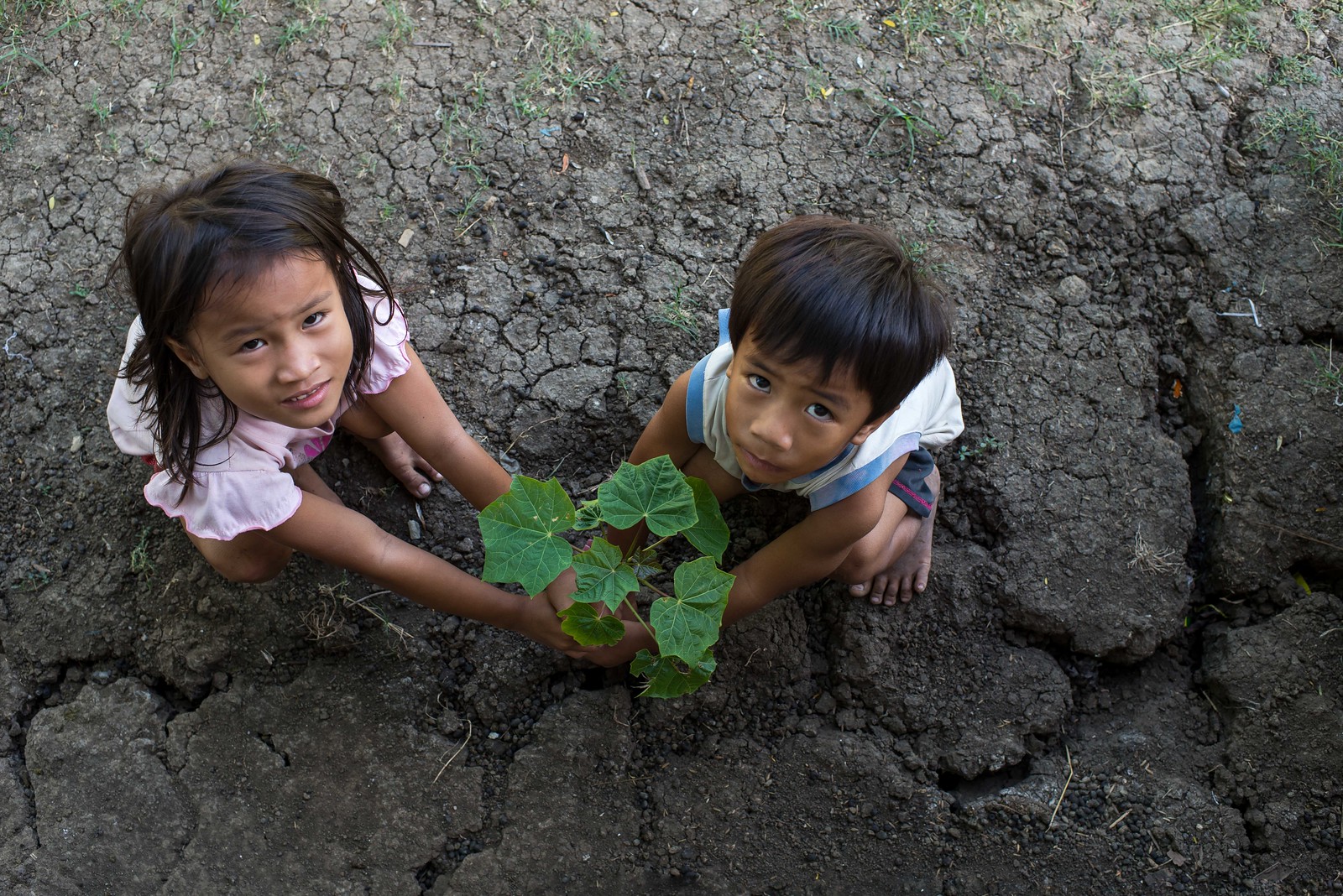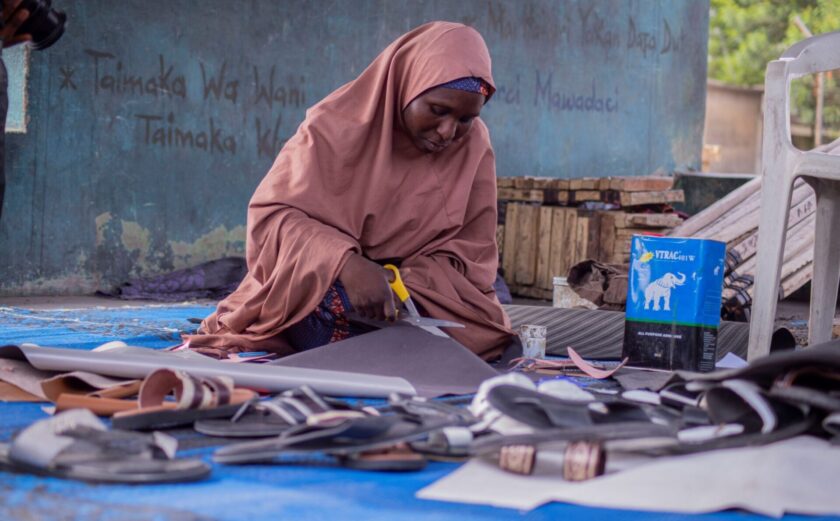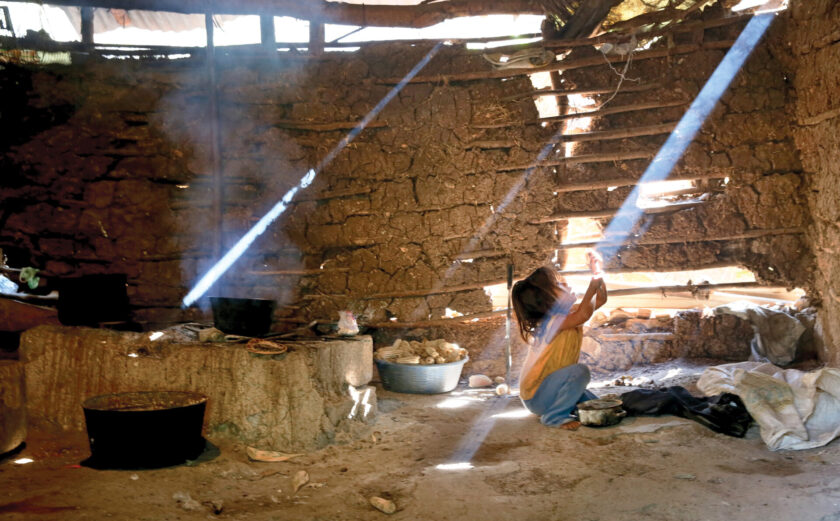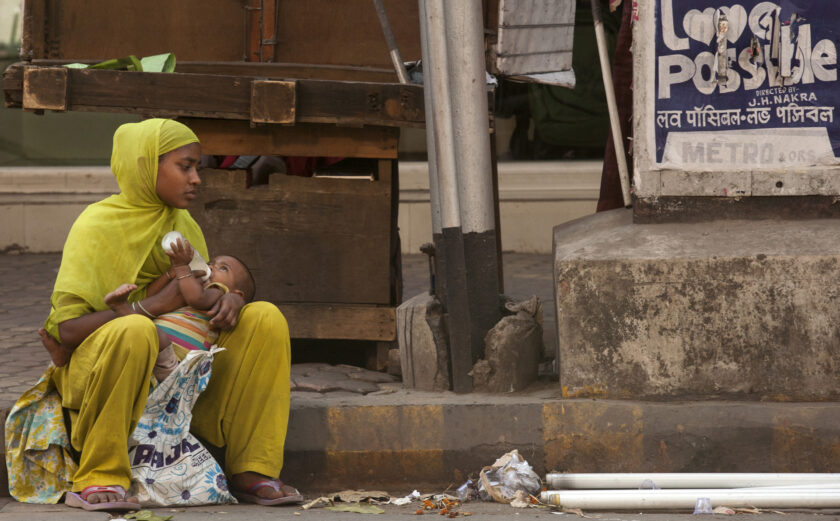
Understanding the Complementarity Between Access and Protection
Access and protection are often treated as two unrelated components of humanitarian action, yet they benefit from similar skills, tools, and approaches while facing similar constraints and challenges.
In fact, the two are inextricably linked. By better understanding the complementarity between access and protection, we can leverage protection work for improved access and employ access strategies to support protection outcomes.
This piece examines the intersection of humanitarian access and protection by exploring the following themes: When is a lack of access a protection risk? How can negotiation become part of a strategy for risk reduction? Finally, how do communities themselves create access, and what can we do to support them?
When Is a Lack of Access a Protection Risk?
Conceptually, access and protection are both fundamentally concerned with the treatment of the affected population by the actors responsible for their safety and wellbeing. When we as humanitarian actors engage in any kind of liaison, dialogue, or negotiation with parties to conflict or government authorities about affected populations’ access, this engagement is—whether implicitly or explicitly—about how people are being treated. In other words, it is about their protection.
The mind-shift we are seeking when we emphasize using results-based protection is one that ensures that protection—or reduced risk faced by people in crises—is the ultimate goal we aim to achieve. When we consider protection in this framing, it is easy to see how the deliberate deprivation or denial of access to basic services needed to survive is, in fact, a risk we aim to reduce. This includes denial of people’s access to their land, markets, public services, family networks, and other critical resources and humanitarian assistance. When people are being deliberately deprived, increasing access therefore should be part of a strategy to reduce this risk and, in essence, helps to achieve protection outcomes.
Ultimately, protection and access share a purpose: to reach agreements about how people are treated in times of crisis.
When are Negotiations a Part of Risk Reduction Strategies?
Humanitarian negotiations are widely understood to be a central part of establishing and sustaining access, yet they also play a crucial role in reducing risk for communities. Access strategies are often oriented toward removing constraints to, or interference with, humanitarian service provision through negotiations with formal authorities or informal gatekeepers.
However, these negotiations can quickly devolve into bureaucratic and transactional relationships, as they tend to narrowly focus on convoy arrangements, distributions, or staff movements. For those focused on protection, engagement with interlocutors is too often limited to how to maintain access for service provision.
Our collective conception of dialogue and negotiation should broaden to include a more explicit emphasis on risk reduction for the population. Negotiation objectives should include removing barriers to access by humanitarian actors but also address other risks communities face, such as child recruitment, gender-based violence, and arbitrary detention.
Negotiation can be done both with actors who hold responsibility in relation to the risks being addressed to directly attempt to change their behavior and with stakeholders who can exercise other forms of influence. If we approach negotiation strategies with broader goals for both access and protection, it opens up what we can do to change the environment in which civilians live.
How do Communities Themselves Create Access, and What Can We Do to Support Them?
Much like community protection strategies that predate and outlast humanitarian intervention, communities themselves develop their own strategies to maintain access to what they need to survive. Communities may have an implicit understanding between themselves about the nature of their access to shared services. For example, “We go to this market, they go to that market.”
Access can also be arranged between groups to use the same resource in a coordinated manner, such as using different parts of the same river to access water for washing. Like every other aspect of community dynamics, these arrangements may serve some better than others or may be adversely or positively impacted by disaster or conflict, as well as by the introduction or alteration of humanitarian assistance. Humanitarians should work to understand these dynamics better.
In both protection and access, humanitarians need to be more attentive to supporting community strategies, rather than arriving with our own strategies pre-determined. In order to do this, we must work with communities to define the changes they want to see. We have to build in time to develop relationships with a variety of community members. Humanitarians also need flexibility built into our ways of working. If community leaders have already developed strategies for their own access, we need to be able to build our work around them.
Toward an Engaging and Collaborative Future
In practical terms, both access and protection rely heavily on deep contextual understanding, including conflict dynamics, stakeholder analysis, and community engagement. Staff must understand local nuances, historical and cultural contexts, and how to best engage with a wide range of community members and stakeholders.
Therefore, another essential commonality between access and protection is that both rely on relationship-building to improve outcomes. Both protection and access negotiations, therefore, rely on similar tools and skills and could benefit from more information sharing and collaboration. For example, shared stakeholder analysis could identify points of influence for risk reduction who we may already have a relationship with through our access negotiations.
We hope that this piece stimulates further exploration and engagement on the practice and improvement of our understanding of where access and protection can complement and support improved humanitarian outcomes.
This blog is based on the conversations held in a session of InterAction’s Results-Based Protection Roundtable focused on Access and Protection, which featured a dialogue between Melody Knight, NRC, and Jenny McAvoy, InterAction, as well as contributions from participants. The conversation is also a further continuation of an NRC and GPC series of webinars on the topic of humanitarian access and protection, hosted by PHAP, the recordings of which can be found here, here, here, and here.








